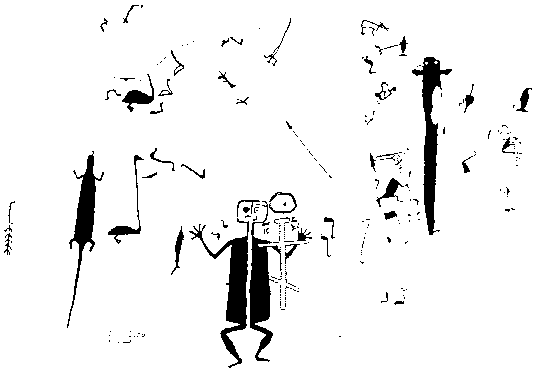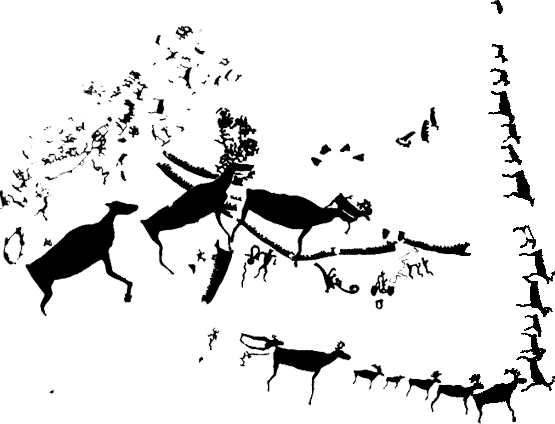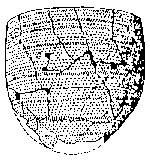Karelian figures on crags (petroglifs)

There are Karelian figures on crags (petroglifs) – unique stone monuments of New Stone Age (IV-II B.C.) – on the western coast of Onego Lake and in the lower reaches of Vyg river (just before it falls in the White Sea).

The figures on crags and nature environment are interconnected. Everywhere you could see figures not far from a water level on the coastal crags – there were no lichens and their surface were cleanest and smoothest. Karelian figures on crags are covered with dots all over – sometimes dots are just along outline of the figure – using breaking tool of quartz. Probably these figures were coloured although such colours couldn't remain there of course.

Fantastic and real characteristics are interconnected closely. Natural characters have deformation and they are really unproportional. You could see such Karelian figures on crags that you hardly could meet in New Stone Age reality. Therefore primitive creators had abstract thinking.

Karelian figures on crags on Onego Lake and White Sea coasts are created approximately in the same time. However White Sea's figures were creating in longer period and they all are nearly in two time more than Onego's figures. However Onego's figures have more fantastic characters and details. Obviously both Onego Lake and White Sea's Karelian figures on crags were created by near related proto Finno-Ugric tribes. Excavations of ceramics in nearest ancient settlements confirms such suppositions.

In first half of II B.C. both Onego Lake and White Sea's Karelian figures on crags gradually appear under water.However, it is considered to be, that the termination of creation was was caused not by any accident, or by a sharp decline of culture of people which has created them, but by changing of theirs outlook and ceremonies. The further cultural development was carried out by increase of a role of a word, by domination of oral creativity. Prototypes of some epic songs from epos "Kalevala", undoubtedly, have the general roots with the multifigured narrative compositions embodied on coastal rocks.
Notes: You can see cutting orthodox crosses over Karelian figures on crags with purpose to neutralise "devilish pictures".
|